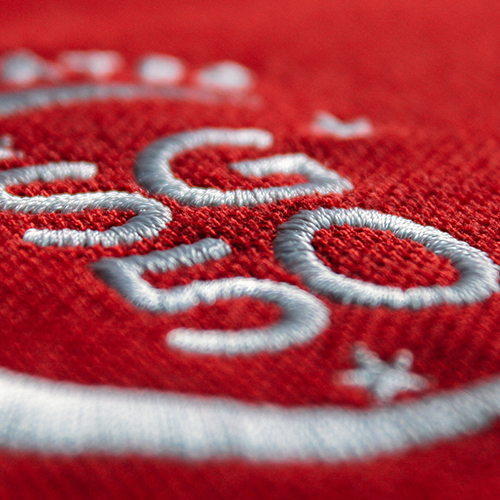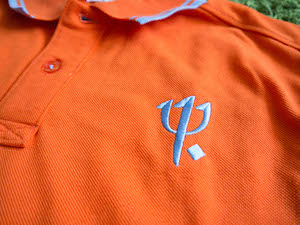Embroidered logos on Apparel can add a touch of sophistication and professionalism to any outfit. But when it comes to creating the perfect logo embroidery design, designers must consider several important parameters. Here are some tips to help designers create the perfect logo embroidery design for T-shirts.
1) Size: The size of the embroidery design is critical to ensure that the logo is legible and visible. It's essential to take into consideration the size of the Apparel. A logo that's too small might be illegible, and one that's too large might not fit on a garment. The size of the embroidery design should be appropriate for the size of a T-shirt, for example; to create a balanced and professional look.
2) Location: The location of the embroidery design on an Apparel is essential. It's best to place the design on the front, back, or sleeve of a garment. The position of the embroidery design should be centered or aligned, as desired, to achieve the best visual effect.
3) Colors: The number of colors used in the embroidery design should be limited to keep the design simple and effective. Using too many colors can make the logo look cluttered and confusing (& expensive). The colors used in the embroidery design should complement the color of a garment, creating a harmonious and professional look.
4) Stitch Density: The stitch density of the embroidery design should be appropriate to ensure that the design is clear and legible. However, it should not be too dense, as this can cause the garment to pucker or distort. A stitch density that's too low might result in a design that's not clear enough.
5) Thread Type: The type of thread used for the embroidery design is essential to ensure that the design is of good quality and appropriate for the type of fabric of a T-shirt, Polo or others. It's important to select a high-quality thread that can withstand multiple washes and wear.
5) Detail: Embroidery machines cannot produce designs with fine lines or small text. Designers should keep this limitation in mind when creating artwork for embroidery designs. It's best to use simple designs and avoid fine details or small text.

6) Gradient: Embroidery machines cannot produce designs with gradient effects. Designers should use solid colors only when creating artwork for embroidery designs.
7) Small text: Small text can be difficult to embroider, so it may be best to avoid it or use a larger font size. If small text is necessary, the designer should test it on a sample garment to ensure that it's legible.

8) Fabric Type: Some types of fabric, such as stretchy or delicate materials, may not be suitable for embroidery. Designers should consider the type of fabric when creating artwork for embroidery designs to ensure that the design does not distort or pucker.
9) Budget: The cost of embroidery may vary depending on the size, complexity, and number of colors used in the design. Designers should consider the budget when creating artwork for embroidery designs.
In conclusion, Logo embroidery on Apparel can add a professional and sophisticated touch to any outfit. Designers should consider the above parameters when creating artwork for embroidery designs to ensure that the design is of good quality and appropriate for the type of fabric of the Apparel product. With these tips, designers can create perfect logo embroidery designs that will make any Apparel look great.
Need designing help? Check out our packages here.

